Even more troubling: just 16 states have passed laws mandating that playground equipment must adhere to safety standards set by the Consumer Product Safety Commission or the American Society for Testing and Materials. That still means that the majority of playgrounds in the country aren’t held to these high standards. That means it’s up to parents to stay on alert for potential trouble. To help keep your kids safe on the playground this summer, keep an eye out for these surprising dangers. From burns on slides to broken legs, you don’t want a fun family outing turning into an ambulance trip to the local hospital.
We never would have worried about #2, would you? Image © iStock.com/nicolesy; shutterstock Bottom line: Don’t assume any surface at a playground is safe without touching it in various places first, says Heather Olsen, associate professor at University of Northern Iowa and director of the National Program for Playground Safety. Since some objects take a while to transfer heat, keep your hand planted there for a few seconds, and move it around to various areas to check before your kids play. The kids’ rubber soles catch on the slide, but then the weight and momentum of the adult keeps going, resulting in broken bones. If they’re not ready to go down the slide alone, find another place to play. Even worse: Your child’s clothing can catch on these protrusions, increasing the odds of strangulation or other accidents, warns Olsen. What to do: Keep an eye out for exposed screws (usually near the joints on equipment), and make sure your kids’ clothes aren’t too loose or have drawstrings which can catch on these areas. More from The Stir: 12 Pieces of Playground Equipment No Kid Should Be Playing On “Rust corrodes metal, so if a child is swinging on a swing with rusty chains or climbing a rusty jungle gym, these areas could break,” points out Olsen. “This could result in potentially life-threatening falls.” So if you see rust in delicate areas like chains or small joints, move on to another piece of equipment. How much of a difference can the surface make? Consider this: Studies show that the injury rate for asphalt is six times that of sand; the injury rate for concrete five times that of rubber. What’s more, even if the surface has great shock absorption, look to see how much area it covers beyond the slides and monkey bars. In another study, 28 percent of the playgrounds surveyed did not have an adequate “fall zone” under climbing equipment. Because kids don’t always fall straight down, there should be at least 6 feet’s worth in every direction. More from The Stir: 10 Things Never to Do at the Playground In fact, one study by the United States Public Interest Research Group (PIRG) found that 34 percent of the playground equipment had improperly-sized openings that could lead to strangulation. So keep an eye out for any suspicious gaps — it could save your little one’s life. So make sure they’re farther apart to avoid these accidents waiting to happen. For swingsets at home, the CPSC recommendations are that the swings be at least 8 inches from the support frame and each other. That’s why the CPSC recommends that there should be separate areas and playground equipment for kids ages 2-5 and 5-12. If you see older kids on the the young kids’ equipment, try steering them elsewhere. “There’s usually signage on the equipment so you know which age is appropriate,” says Olsen. More from The Stir: 9 Rules Moms Should Follow at the Playground

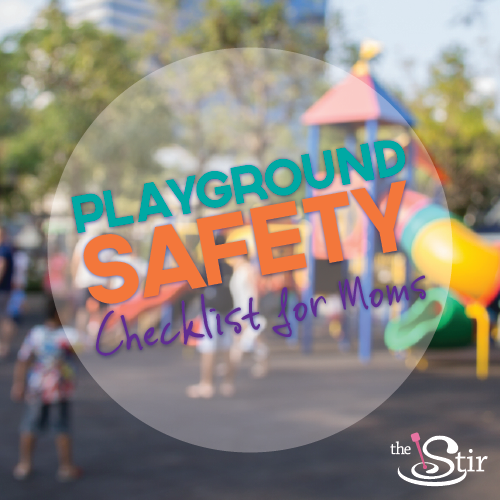
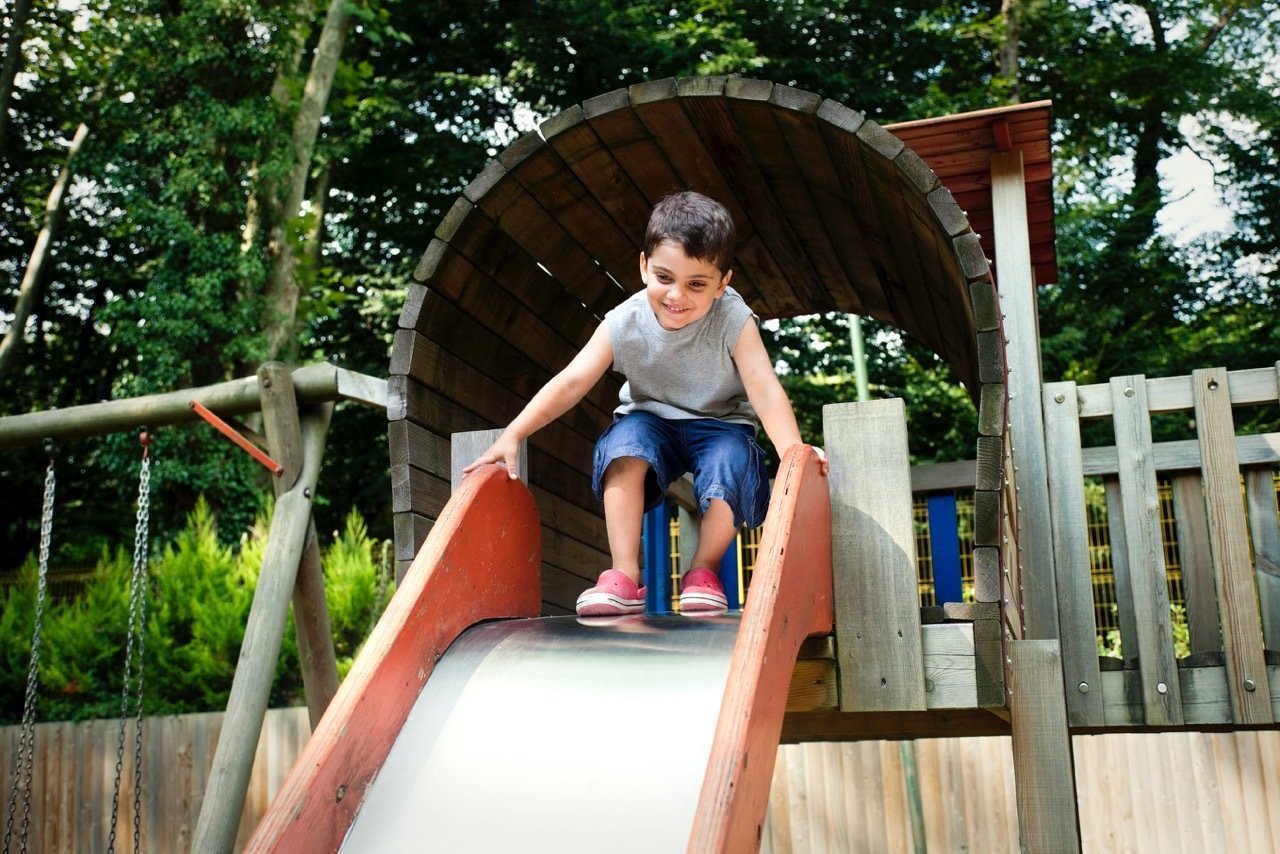
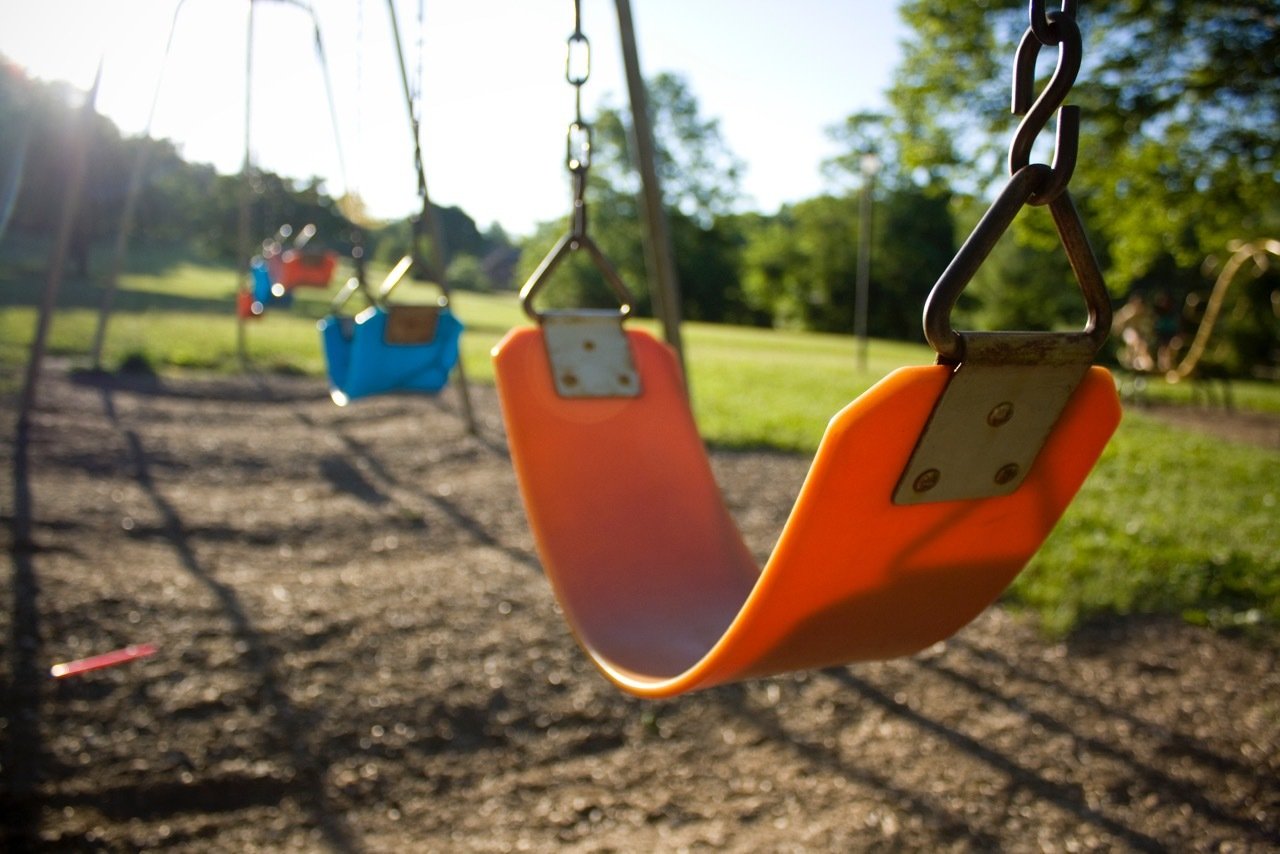
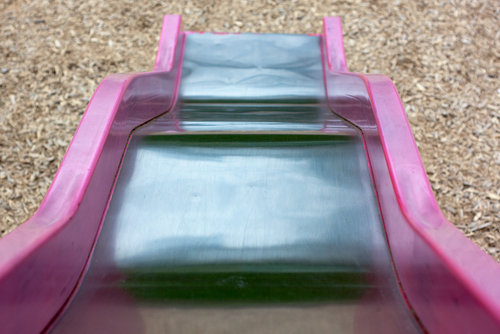
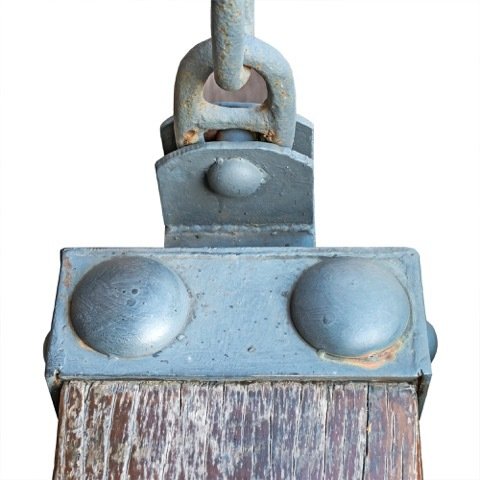
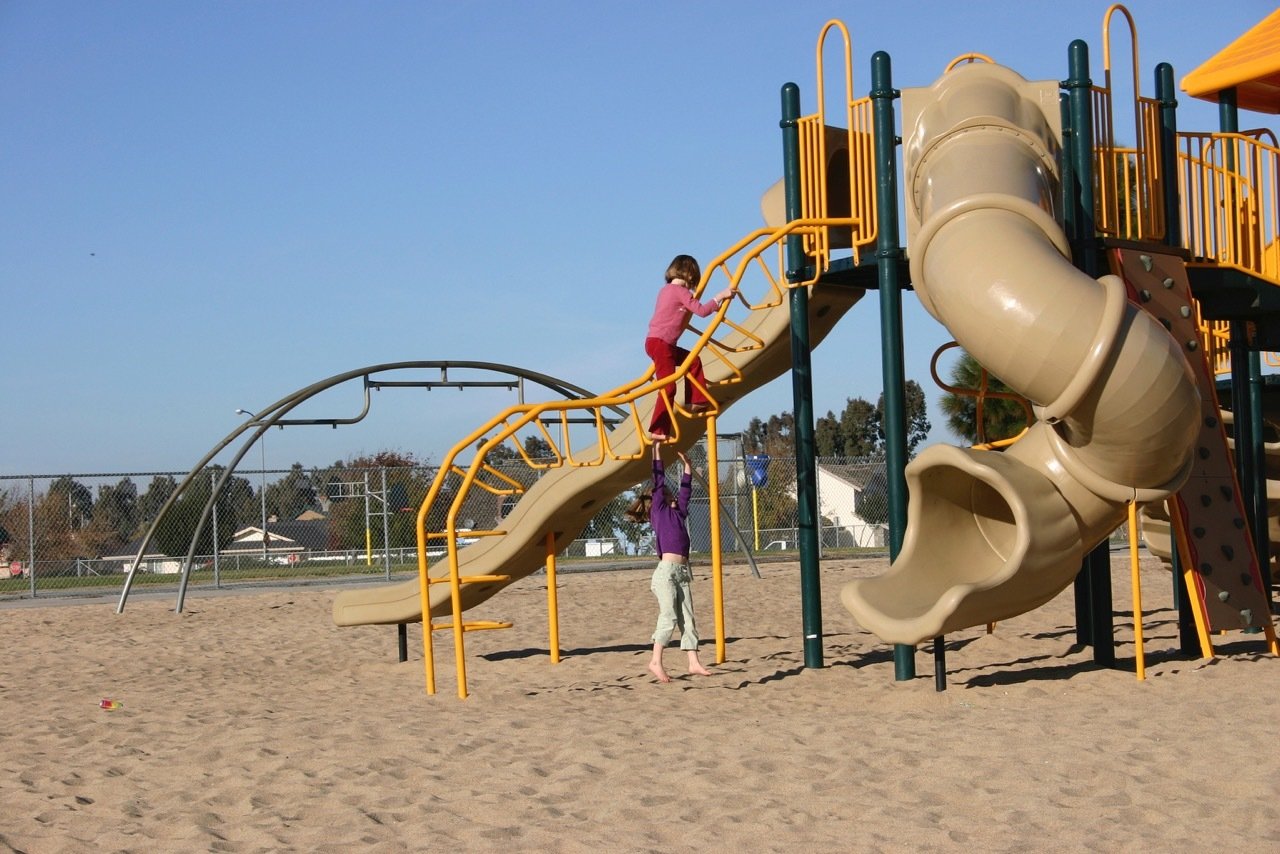
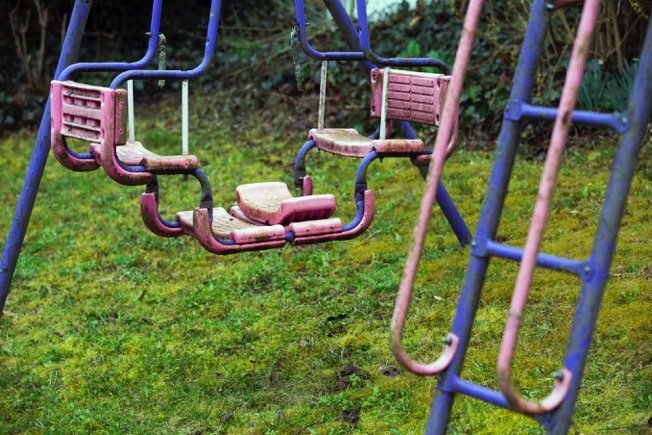
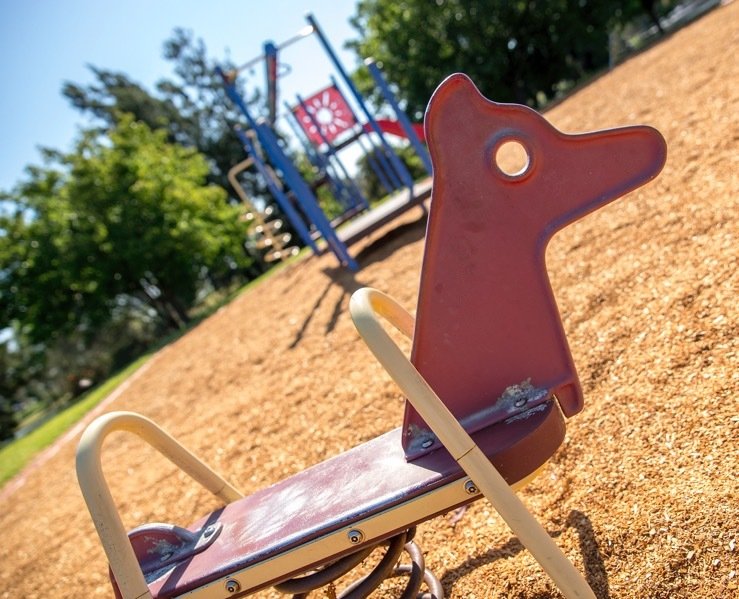
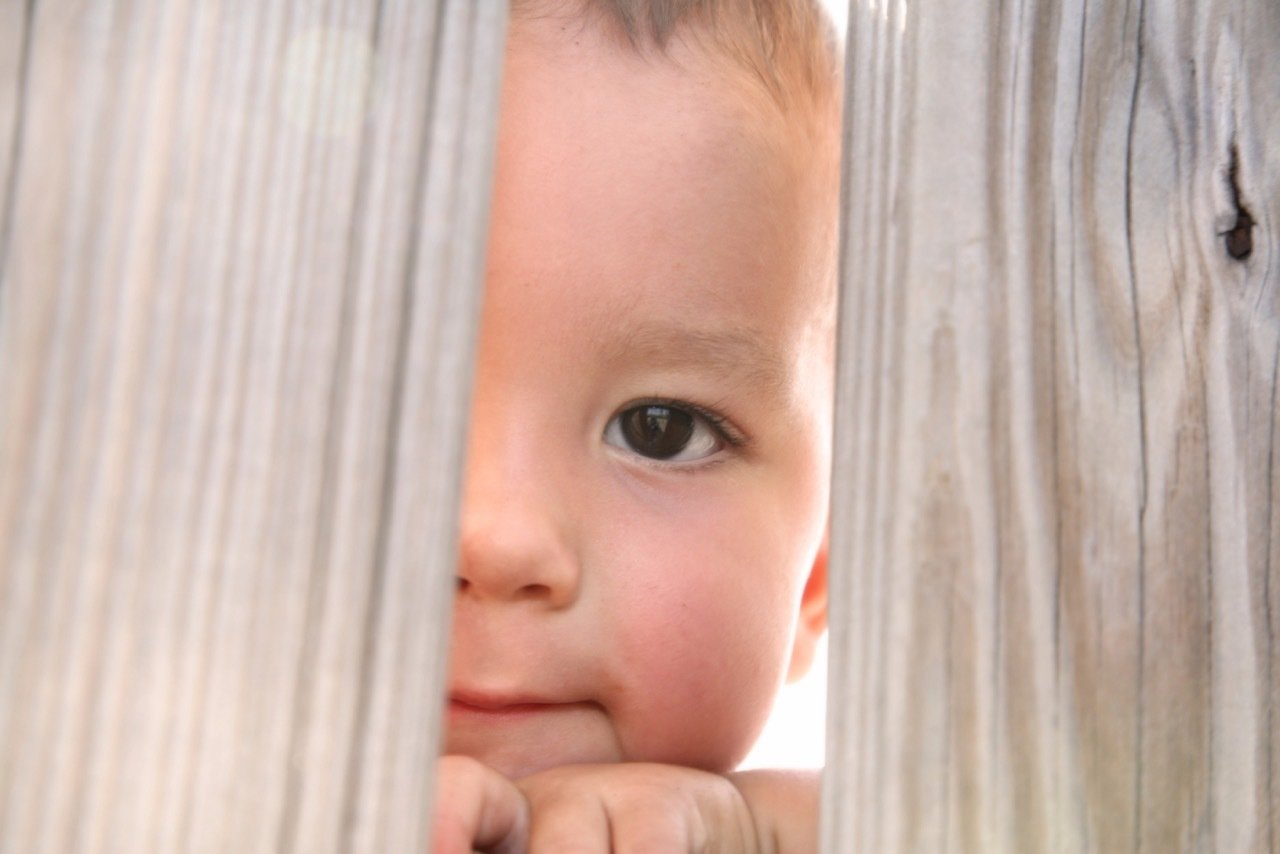
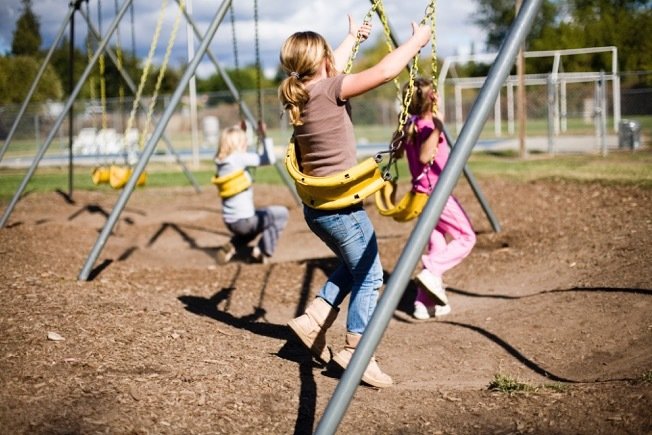
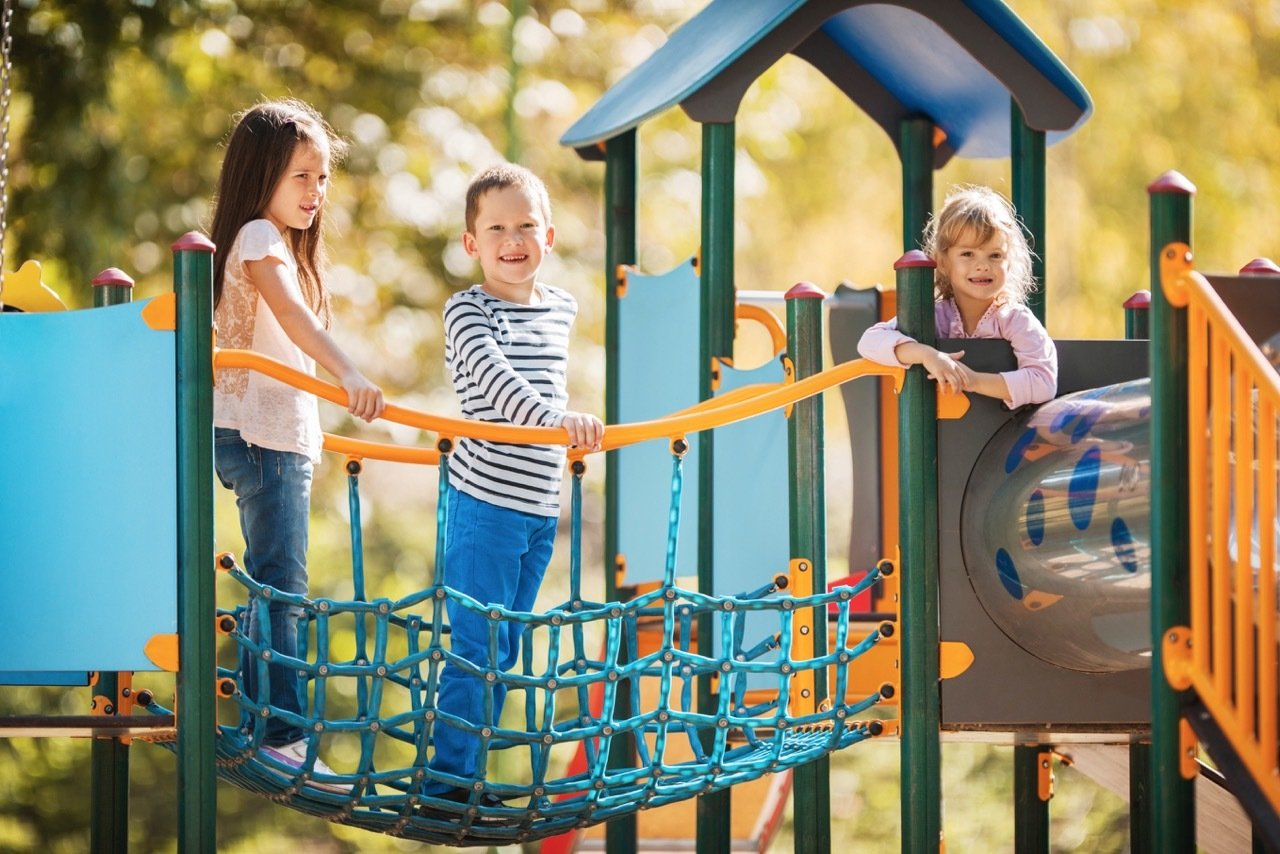

title: “The 10 Playground Hazards Most Dangerous To Kids” ShowToc: true date: “2024-09-15” author: “Holly Pryor”
Even more troubling: just 16 states have passed laws mandating that playground equipment must adhere to safety standards set by the Consumer Product Safety Commission or the American Society for Testing and Materials. That still means that the majority of playgrounds in the country aren’t held to these high standards. That means it’s up to parents to stay on alert for potential trouble. To help keep your kids safe on the playground this summer, keep an eye out for these surprising dangers. From burns on slides to broken legs, you don’t want a fun family outing turning into an ambulance trip to the local hospital.
We never would have worried about #2, would you? Image © iStock.com/nicolesy; shutterstock Bottom line: Don’t assume any surface at a playground is safe without touching it in various places first, says Heather Olsen, associate professor at University of Northern Iowa and director of the National Program for Playground Safety. Since some objects take a while to transfer heat, keep your hand planted there for a few seconds, and move it around to various areas to check before your kids play. The kids’ rubber soles catch on the slide, but then the weight and momentum of the adult keeps going, resulting in broken bones. If they’re not ready to go down the slide alone, find another place to play. Even worse: Your child’s clothing can catch on these protrusions, increasing the odds of strangulation or other accidents, warns Olsen. What to do: Keep an eye out for exposed screws (usually near the joints on equipment), and make sure your kids’ clothes aren’t too loose or have drawstrings which can catch on these areas. More from The Stir: 12 Pieces of Playground Equipment No Kid Should Be Playing On “Rust corrodes metal, so if a child is swinging on a swing with rusty chains or climbing a rusty jungle gym, these areas could break,” points out Olsen. “This could result in potentially life-threatening falls.” So if you see rust in delicate areas like chains or small joints, move on to another piece of equipment. How much of a difference can the surface make? Consider this: Studies show that the injury rate for asphalt is six times that of sand; the injury rate for concrete five times that of rubber. What’s more, even if the surface has great shock absorption, look to see how much area it covers beyond the slides and monkey bars. In another study, 28 percent of the playgrounds surveyed did not have an adequate “fall zone” under climbing equipment. Because kids don’t always fall straight down, there should be at least 6 feet’s worth in every direction. More from The Stir: 10 Things Never to Do at the Playground In fact, one study by the United States Public Interest Research Group (PIRG) found that 34 percent of the playground equipment had improperly-sized openings that could lead to strangulation. So keep an eye out for any suspicious gaps — it could save your little one’s life. So make sure they’re farther apart to avoid these accidents waiting to happen. For swingsets at home, the CPSC recommendations are that the swings be at least 8 inches from the support frame and each other. That’s why the CPSC recommends that there should be separate areas and playground equipment for kids ages 2-5 and 5-12. If you see older kids on the the young kids’ equipment, try steering them elsewhere. “There’s usually signage on the equipment so you know which age is appropriate,” says Olsen. More from The Stir: 9 Rules Moms Should Follow at the Playground













title: “The 10 Playground Hazards Most Dangerous To Kids” ShowToc: true date: “2024-09-23” author: “Stephanie Keeler”
Even more troubling: just 16 states have passed laws mandating that playground equipment must adhere to safety standards set by the Consumer Product Safety Commission or the American Society for Testing and Materials. That still means that the majority of playgrounds in the country aren’t held to these high standards. That means it’s up to parents to stay on alert for potential trouble. To help keep your kids safe on the playground this summer, keep an eye out for these surprising dangers. From burns on slides to broken legs, you don’t want a fun family outing turning into an ambulance trip to the local hospital.
We never would have worried about #2, would you? Image © iStock.com/nicolesy; shutterstock Bottom line: Don’t assume any surface at a playground is safe without touching it in various places first, says Heather Olsen, associate professor at University of Northern Iowa and director of the National Program for Playground Safety. Since some objects take a while to transfer heat, keep your hand planted there for a few seconds, and move it around to various areas to check before your kids play. The kids’ rubber soles catch on the slide, but then the weight and momentum of the adult keeps going, resulting in broken bones. If they’re not ready to go down the slide alone, find another place to play. Even worse: Your child’s clothing can catch on these protrusions, increasing the odds of strangulation or other accidents, warns Olsen. What to do: Keep an eye out for exposed screws (usually near the joints on equipment), and make sure your kids’ clothes aren’t too loose or have drawstrings which can catch on these areas. More from The Stir: 12 Pieces of Playground Equipment No Kid Should Be Playing On “Rust corrodes metal, so if a child is swinging on a swing with rusty chains or climbing a rusty jungle gym, these areas could break,” points out Olsen. “This could result in potentially life-threatening falls.” So if you see rust in delicate areas like chains or small joints, move on to another piece of equipment. How much of a difference can the surface make? Consider this: Studies show that the injury rate for asphalt is six times that of sand; the injury rate for concrete five times that of rubber. What’s more, even if the surface has great shock absorption, look to see how much area it covers beyond the slides and monkey bars. In another study, 28 percent of the playgrounds surveyed did not have an adequate “fall zone” under climbing equipment. Because kids don’t always fall straight down, there should be at least 6 feet’s worth in every direction. More from The Stir: 10 Things Never to Do at the Playground In fact, one study by the United States Public Interest Research Group (PIRG) found that 34 percent of the playground equipment had improperly-sized openings that could lead to strangulation. So keep an eye out for any suspicious gaps — it could save your little one’s life. So make sure they’re farther apart to avoid these accidents waiting to happen. For swingsets at home, the CPSC recommendations are that the swings be at least 8 inches from the support frame and each other. That’s why the CPSC recommends that there should be separate areas and playground equipment for kids ages 2-5 and 5-12. If you see older kids on the the young kids’ equipment, try steering them elsewhere. “There’s usually signage on the equipment so you know which age is appropriate,” says Olsen. More from The Stir: 9 Rules Moms Should Follow at the Playground













title: “The 10 Playground Hazards Most Dangerous To Kids” ShowToc: true date: “2024-09-16” author: “Jacquelyn Seaman”
Even more troubling: just 16 states have passed laws mandating that playground equipment must adhere to safety standards set by the Consumer Product Safety Commission or the American Society for Testing and Materials. That still means that the majority of playgrounds in the country aren’t held to these high standards. That means it’s up to parents to stay on alert for potential trouble. To help keep your kids safe on the playground this summer, keep an eye out for these surprising dangers. From burns on slides to broken legs, you don’t want a fun family outing turning into an ambulance trip to the local hospital.
We never would have worried about #2, would you? Image © iStock.com/nicolesy; shutterstock Bottom line: Don’t assume any surface at a playground is safe without touching it in various places first, says Heather Olsen, associate professor at University of Northern Iowa and director of the National Program for Playground Safety. Since some objects take a while to transfer heat, keep your hand planted there for a few seconds, and move it around to various areas to check before your kids play. The kids’ rubber soles catch on the slide, but then the weight and momentum of the adult keeps going, resulting in broken bones. If they’re not ready to go down the slide alone, find another place to play. Even worse: Your child’s clothing can catch on these protrusions, increasing the odds of strangulation or other accidents, warns Olsen. What to do: Keep an eye out for exposed screws (usually near the joints on equipment), and make sure your kids’ clothes aren’t too loose or have drawstrings which can catch on these areas. More from The Stir: 12 Pieces of Playground Equipment No Kid Should Be Playing On “Rust corrodes metal, so if a child is swinging on a swing with rusty chains or climbing a rusty jungle gym, these areas could break,” points out Olsen. “This could result in potentially life-threatening falls.” So if you see rust in delicate areas like chains or small joints, move on to another piece of equipment. How much of a difference can the surface make? Consider this: Studies show that the injury rate for asphalt is six times that of sand; the injury rate for concrete five times that of rubber. What’s more, even if the surface has great shock absorption, look to see how much area it covers beyond the slides and monkey bars. In another study, 28 percent of the playgrounds surveyed did not have an adequate “fall zone” under climbing equipment. Because kids don’t always fall straight down, there should be at least 6 feet’s worth in every direction. More from The Stir: 10 Things Never to Do at the Playground In fact, one study by the United States Public Interest Research Group (PIRG) found that 34 percent of the playground equipment had improperly-sized openings that could lead to strangulation. So keep an eye out for any suspicious gaps — it could save your little one’s life. So make sure they’re farther apart to avoid these accidents waiting to happen. For swingsets at home, the CPSC recommendations are that the swings be at least 8 inches from the support frame and each other. That’s why the CPSC recommends that there should be separate areas and playground equipment for kids ages 2-5 and 5-12. If you see older kids on the the young kids’ equipment, try steering them elsewhere. “There’s usually signage on the equipment so you know which age is appropriate,” says Olsen. More from The Stir: 9 Rules Moms Should Follow at the Playground












